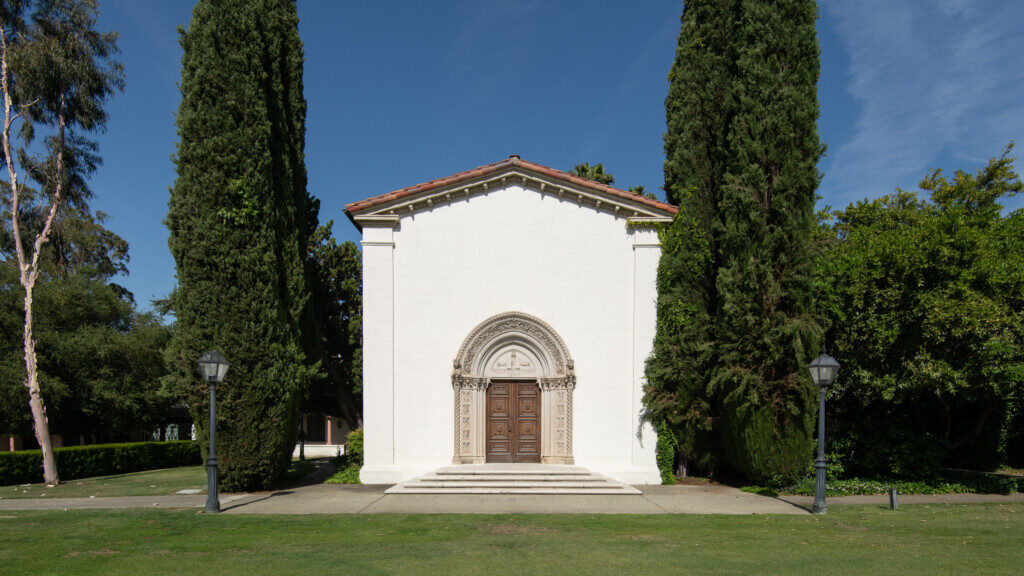<!–?php
A Review of Fair Use: by Scripps ITA Hillary Shipps
Copyright law is a rather complicated beast, and has been so for a very long time; however, when the Internet came into play, everything became more difficult due to ease of access. “Fair use,” or what you are allowed to do with someone else’s intellectual property without asking for permission, suddenly evolved into something much more complex.
The Claremont Colleges have made an effort to make it easier to comply with copyright laws: their policies are here: http://copyright.claremont.edu/. Attached is another resource (Crossplag: “What is plagiarism?”), which analyzes of the four requirements that must be met for a use to qualify as fair, meaning that you do not need to ask permission of the author to use the resource. The rules of fair use follow after the jump…
1. Purpose and character of the use
If the intended use is educational, most probable in a college setting, you get a lot of leeway here. Other possible fair uses include criticism (e.g. a book review); non-profit uses, which includes anything you do not receive payment for in any fashion though favors personal use; and transformative use (e.g. a parody which borrows from the original and revamps it). If you derive profit from the use of the work, it is not fair use, and you have to ask permission of the author for your use.
2. The nature of the copyrighted work
If the work is a published resource and is a critical, non-fiction piece, the likelihood that your use of it is fair is much higher. Using unpublished resources is generally not considered fair use; since acquiring an unpublished resource is usually done through the author’s permission, this is less likely to be a problem. If the work is fictional or creative, it is less likely that your use is fair, although educational uses generally have leeway here.
3. Amount and sustainability of the portion used
Your use is more likely to be fair if you are only using a small portion of the work. For example, copying a section of a book and distributing it to a class is acceptable, whereas copying the entire book and distributing it to a class would not be. This is why on Youtube a clip of a work is acceptable, where posting an entire movie is not.
4. Effect on the potential market for the work
For fair use, your own copy of the work must be legally acquired. If you are copying it, there must be only a few copies made, and generally only of a section of it as noted above. One-time use favors free use. In the case of technology, if it is difficult for others to copy the work, your use is more likely to be fair. For example, Pomona has a Sakai tool which streams video; because it cannot be copied from that tool, it is considered fair use. Distributing file copies of the video, even if to a limited number, would not be free use. You must not receive a profit for your use of the work for your use to be fair, and your use must have either no effect on the market for the work or encourage others to legally acquire it. Also, the difficulty of requesting permission plays a role; if you are uncertain that your use is fair but it would be enormously difficult to contact the author (say she lives in Antarctica and does not have wifi), it is more acceptable to go ahead and use the work under fair use. If you are uncertain about your use and it is easy to contact the author (if she does have wifi), then contact should be made.
